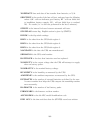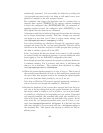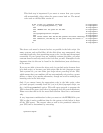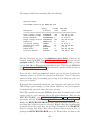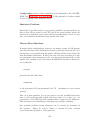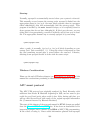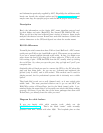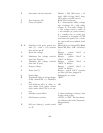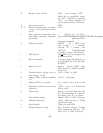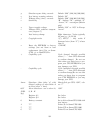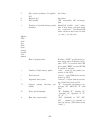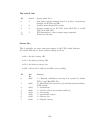Startup
Normally, apcupsd is automatically started when your system is rebooted.
This normally occurs because the startup script apcupsd is linked into the
appropriate places in /etc/rc.d. On most Linux systems, there is a program
called chkconfig(8) that will automatically link the startup script. This
program is invoked by the make install scripts, or it is explicitly done for
those systems that do not have chkconfig(8). If this is not the case, you can
either link it in appropriately yourself or explicitly call it from your rc.local
file. The appropriate manual way to startup apcupsd is by executing:
<path>/apcupsd start
where <path> is normally /etc/rc.d or /etc/rc.d/init.d depending on your
system (isn’t Unix wonderful? :-)). Using this script is important so that
any files remaining around after a power failure are removed. Likewise,
shutting down apcupsd should be done with the same script:
<path>/apcupsd stop
Windows Considerations
Please see the end of Windows chapter (see Installation on Windows) of this
manual for conderations pertaining to shutdown and killpower on Windows.
APC smart protocol
The APC UPS protocol was originally analyzed by Pavel Korensky with
additions from Andre H. Hendrick beginning in 1995, and we want to give
credit for good, hard work, where credit is due. After having said that, you
will see that Steven Freed built much of the orginal apcupsd information
file. [Comment inserted by Riccardo Facchetti]
The start of this chapter of the apcupsd manual in HTML format was pulled
from the Network UPS Tools (NUT) site. It has been an invaluable tool in
improving apcupsd, and I consider it the Bible of APC UPS programming.
In the course of using it, I have added information gleaned from apcupsd
186





